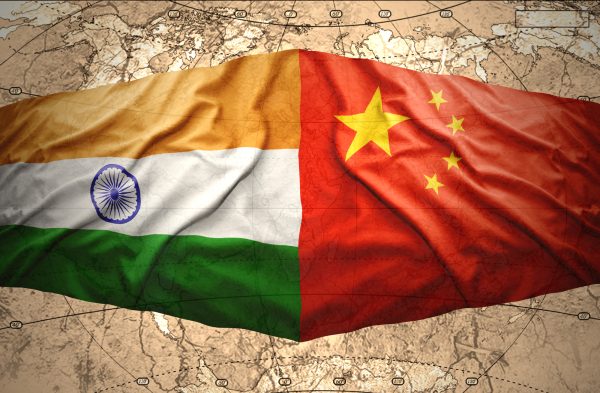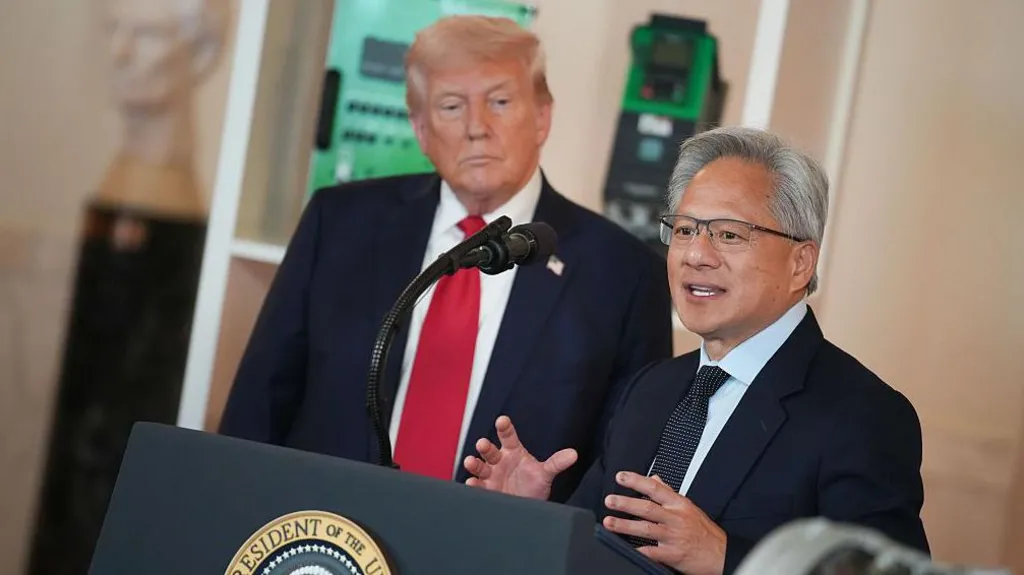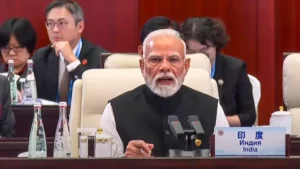The True Significance of the China-India Yangtse Clash
On December 9, Chinese and Indian soldiers clashed at Yangtse, near Tawang, on the disputed China-India border. While much remains unclear about the clash, it seems that it followed an attempt by a body of Chinese soldiers to occupy tactically important terrain at the Yangtse Ridge, likely in order to cut the supply route of an Indian unit at an outpost nearby, oust it from its position, and alter the status quo in the area.
The clash was fought with clubs and other melee weapons, leading to non-fatal injuries on both sides. It ended as the Indian side, which probably had prepared for the assault in response to advance intelligence, repulsed the People’s Liberation Army (PLA) soldiers. Two days after the clash, following a “flag meeting” between local military commanders, the situation at the Yangtse area stabilized.
Importantly, the clash took place at a key location. Yangtse is a strategically important area long contested by China and India, where another clash took place in 2021. A Chinese border village connected with a road was recently constructed to establish a Chinese presence on the ground. The area is close to the highly sensitive city of Tawang, which China has long listed as a key demand in its territorial dispute with India and which has particular significance for the Dalai Lama’s reincarnation and, potentially, for the future of Tibet.
The Yangtse clash prompted a storm of commentary among experts, pundits, and netizens in both countries, but especially in India. While some of this commentary was rather far-fetched (such as fears that China might launch a full-scale military assault on India), it reflected the very tense atmosphere between China and India that has persisted since their deadly border clash at Galwan in 2020.
Diplomat Brief Weekly Newsletter N Get briefed on the story of the week, and developing stories to watch across the Asia-Pacific. Get the Newsletter
The Galwan clash, which followed years of mounting tensions in the China-India territorial dispute and particularly along the the Line of Actual Control (LAC), the long, disputed, and undemarcated de facto border between the two sides, provoked a deep crisis in relations between New Delhi and Beijing and a massive deployment of troops along the border. In spite of partial disengagement in some areas as a result of bilateral military talks and some limited diplomatic interaction in international forums, China-India relations have remained mostly frozen since 2020 because of the border.
Enjoying this article? Click here to subscribe for full access. Just $5 a month.
Against this background, and with a bit of hindsight, it is important to move beyond the media storm of the last month to understand the larger significance of the Yangtse clash. In particular, it is crucial to understand what the clash reveals about China-India relations, the way each side approaches them, and their future prospects.
First, the Yangtse clash demonstrates that New Delhi’s policy of freezing relations with China until its border-related demands are met is yet to produce stability on the border. The goal of this Indian policy is to pressure Beijing to vacate territory it had occupied in 2020 and, more broadly, to force China to halt its provocative behavior on the border. The linkage between bilateral relations and Chinese behavior on the border was clearly made by India’s External Affairs Minister S. Jaishankar, who announced that “the state of the border will determine the state of the relationship.” New Delhi combined this policy with a growing strategic engagement with the United States, particularly within the framework of the Quad, in an attempt to gain greater leverage over China and make it deescalate the territorial dispute.
However, to date, there has been no major change in China’s behavior on the border. Still, there is no indication that India is considering abandoning its freeze on relations, as the Modi government faces substantial domestic pressure on the border issue and the freeze represents a major Indian bargaining chip with Beijing.
Second, the clash suggests that Beijing pursues a dual-track policy of engaging India diplomatically while simultaneously continuing to pressure it on the border. On one hand, China has striven to improve its damaged relations with India by highlighting the similarities in their positions on the war in Ukraine, stressing the economic potential of their relationship, and seeking to restart high-level interactions, most recently with the handshake and chat between Indian Prime Minister Narendra Modi and Chinese President Xi Jinping at the G-20 summit in Indonesia, a tiny but symbolic step forward. On the other hand, Beijing has continued to use the border as an instrument to pressure India on issues critical to China, such as India-U.S. cooperation directed against China and New Delhi’s policies toward Tibet.
The PLA’s escalation at Yangtse is a good illustration of these pressure tactics. It is highly likely that the clash was a response to India’s joint exercises with the United States close to the border just days before the incident, although the decision to give the Dalai Lama the Mandela-Gandhi award, an award sponsored by the Indian government, might have also played some role.
Third, the Yangtse clash demonstrates that both China and India seek to prevent a major new escalation of tensions on their border. The fact that – in comparison with previous standoffs – the two sides disengaged soon after the clash and stabilized the situation on the ground following a flag meeting indicates a willingness to limit the chances of further escalation. Similarly, the attempt by both governments to downplay the incident (here and here) suggests that they do not want to further fan the flames of nationalism.
On the Chinese side, this behavior signals that Beijing realizes that its aggressive behavior in 2020, which led to the Galwan clash, produced an escalation and a bilateral crisis much greater than what it had expected. Importantly, this does not mean that China will stop using the border to pressure India, but it means that Beijing likely hopes to limit further escalation.
On the Indian side, the Yangtse episode indicates that whereas New Delhi has decided to respond forcefully to armed Chinese provocations, it also wants to stabilize the border, as increased border tensions with the militarily more powerful China pose risks of escalation and make the Indian government look weak domestically.
All this means that the Yangtse clash presents China-India relations with a bit of good news and a lot of bad news. The good news is that both Beijing and New Delhi want to avoid greater escalation on the border, a willingness that can serve as the basis for some stabilization of their relations. The bad news is that a return to some level of normalcy in Sino-Indian relations, the most likely eventual outcome, will be slow, difficult, and, probably, incomplete.
India has decided to not reset relations until China makes serious concessions on the border, while Beijing has decided to pressure India on the border and engage New Delhi simultaneously, in the hope that eventually India will be forced by circumstances to normalize relations despite the situation on the border. With such a test of wills, it will be difficult to substantially restore relations without one side yielding to the pressure of the other.
Enjoying this article? Click here to subscribe for full access. Just $5 a month.
In short, the real significance of the Yangtse clash is not what happened at the de facto border on December 9, but what the clash reveals about the awful state of China-India relations and their future prospects.












